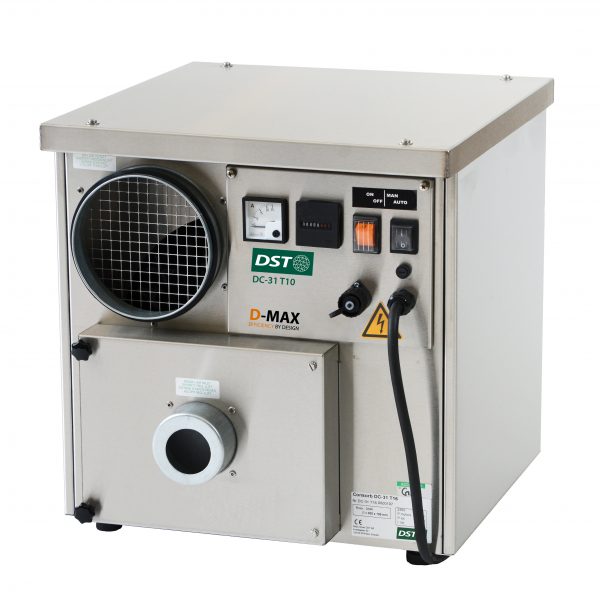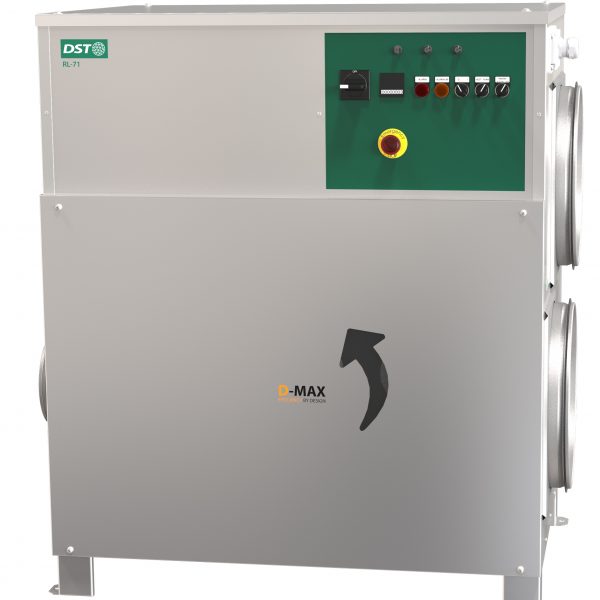In the confectionery industry the quality of the finished product is paramount. Close control of air humidity during the various manufacturing processes is now considered essential to maintaining these high standards.If powders, starches & sugars used in the various processes are not maintained and stored in a dry environment they will adsorb moisture from the surrounding air and form into lumps or cakes.
This causes malfunction of the material handling machines. Moulding machines require the mould heads to be kept free of condensation during the cooling process. The introduction of dry air will ensure this and so avoid the possibility of the product failing to be released from the moulds to the coating lines. Storage of the finished product is critical to maintain the product in pristine condition.
Storage in a high humidity environment will affect both the packaging and the contents. Chocolate and glazed products will lose their glaze finish and look dull and unappetising, whilst candies will become sticky and stick together and become difficult to remove from the wrapper.
The controlled use of dry air can help increase production flow, reduce downtime and ensure that the product reaches the customer in the best possible condition.
Chocolate Bloom Problems
Sugar bloom of chocolate is probably the most common problem encountered during the storage and manufacture of chocolate. It is a defect which manifests itself as a greyish-white film on the surface of the product.
In most cases the eating quality of the product is not affected, but the appearance, which resembles bacterial mould, is not very appetising. Blooming may occur at any time – during manufacture, a few hours after, to several months later.
Sugar bloom occurs less frequently than fat bloom and occurs when the surface of the chocolate is exposed to moisture or high humidity. The surface film of moisture dissolves some of the sugar particles in the chocolate which then crystallizes on drying. During the manufacturing process, this can easily happen if humid air is allowed to come into contact with the chilled chocolate as it leaves the cooling tunnel. If the surrounding air is maintained at a lower dewpoint this can be prevented.
Properly stored chocolate can have a shelf life of one year or more and can even be frozen for longer storage. However, care must be taken when bringing back to room temperatures as condensation can easily form. Ideally chocolate should be stored at 18 to 20°C at less than 50%RH.










